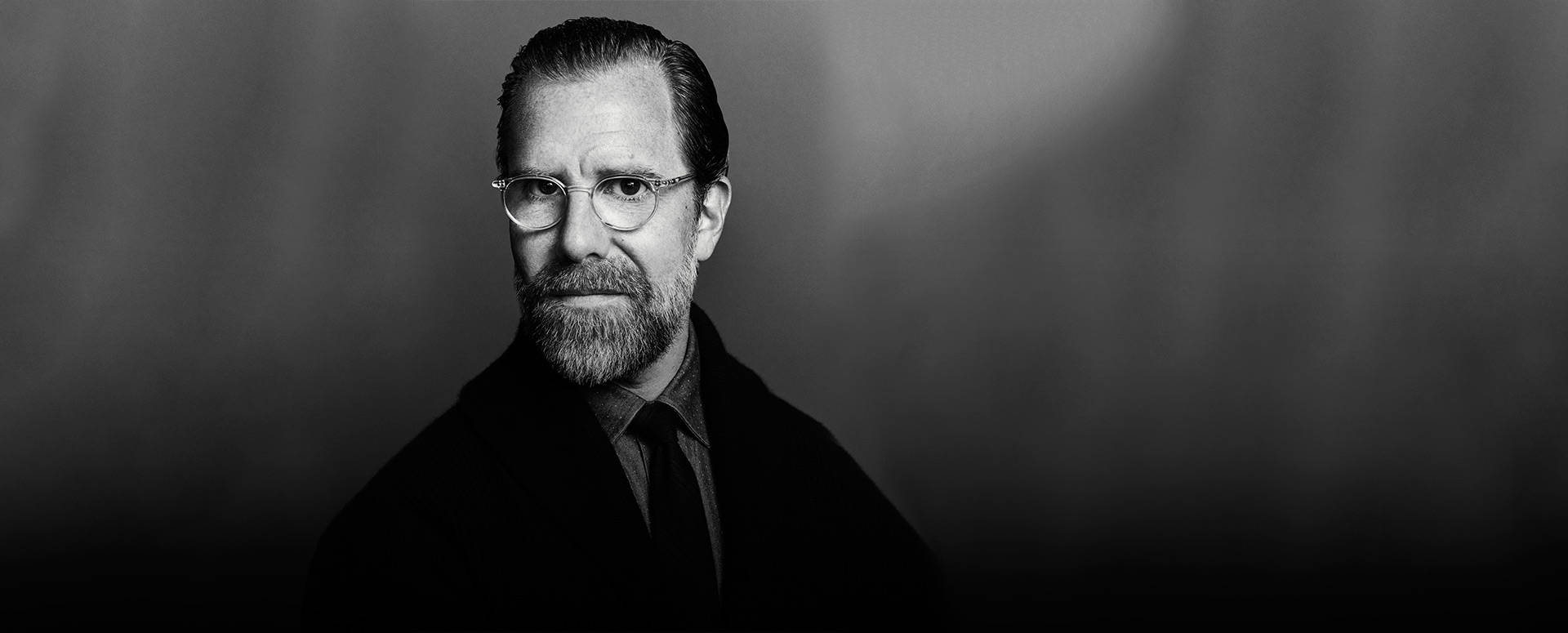
Scott Dadich
Former Editor-in-Chief, WIRED (2012-2016) & Co-Founder and CEO Godfrey Dadich Partners (GDP)
Scott Dadich
Former Editor-in-Chief, WIRED (2012-2016) & Co-Founder and CEO Godfrey Dadich Partners (GDP)
Biography
Widely recognized for his leadership and technology design expertise, Scott Dadich shares with audiences the future of technology design and how utilizing "The Wrong Theory" can lead to groundbreaking results.
Today is an important and exciting moment in the design of our technologies which have a deep, global impact not only in the business arena but in our personal day-to-day lives. We have figured out the rules of creating sleek sophistication and we know, more or less, how to get it right. Now, we need a shift in perspective that allows us to move forward. Scott Dadich calls this shift "The Wrong Theory," and in a fascinating and provocative presentation argues that the future of design and technology is centered in making decisions counter to widely accepted convention.
Dadich served as Editor-in-Chief of WIRED. Dadich spearheaded the launch of WIRED’s first-ever design retreat, WIRED by Design, held at George Lucas’ Skywalker Ranch; secured an exclusive interview and photo shoot with one of the world’s most wanted men, Edward Snowden, and collaborated on special issues with both Bill Gates and blockbuster Hollywood filmmakers Christopher Nolan and J.J. Abrams. With WIRED.com’s renewed emphasis on digital storytelling, traffic to the site has grown 42 percent during his tenure and WIRED has been recognized with ten National Magazine Award nominations, eight Webby Awards and 23 Society of Publication Designers medals.
Collectively, Dadich’s work has been recognized with more than 100 national design and editorial awards from organizations such as ASME, SPD, the Art Directors Club, American Photography, American Illustration, the Society of Illustrators and the Type Directors Club. Dadich also serves on the board of directors for the American Society of Magazine Editors (ASME), the Kleiner Perkins Caufield & Byers Design Council and the People’s Portfolio, a nonprofit organization dedicated to respecting and upholding human rights through portrait photography by renowned photographer Platon.
Speech Topics
The Wrong Theory
For the past 30 years, the field of technology design has been on an industry-wide march toward more seamless experiences, more delightful products, more leverage over the world around us. Look at our computers: beige and boxy desktop machines gave way to bright and colorful iMacs, which gave way to sleek and sexy laptops, which gave way to addictively touchable smartphones. It's hard not to look back at this timeline and see it as a great story of human progress; we have created a world where beautifully constructed tech is more powerful and more accessible than ever before. It is also more consistent. That's why all smartphones now look basically the same—gleaming black glass with handsomely cambered edges. Google, Apple, and Microsoft all use clean, sans-serif typefaces in their respective software. After years of experimentation, we have figured out what people like and settled on some rules. Today is an important and exciting moment in the design of our technologies. We have figured out the rules of creating sleek sophistication. We know, more or less, how to get it right. Now, we need a shift in perspective that allows us to move forward. Scott Dadich calls this shift “The Wrong Theory”, and in a fascinating and provocative presentation argues that the future of design is centered in making decisions counter to widely accepted convention.
The Future of Technology
In this presentation, Dadich discusses in detail the new discipline of “experience design.” We're entering a new era, one in which designers create experiences centering not only on physical objects but on the fabric of digital information that surrounds us. That's the next great challenge for design: weaving the threads of time, of technology, information, and access seamlessly and elegantly into our everyday lives. When a social network automatically checks us into a location, or cashiers can suggest new products based on our purchase history, or our connected TV calls up our favorite shows when we walk into the living room, it may seem like magic. But these are carefully designed experiences, they simply appear invisible.

)
)
)
)